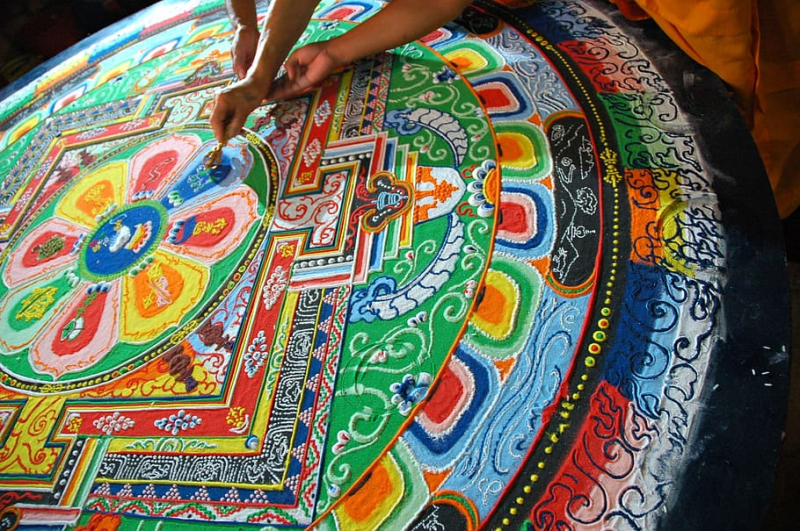Rangoli is an ancient and time-honored tradition in India
Rangoli is an ancient and time-honored tradition in India. Its origins can be traced back thousands of years, and it has been an integral part of Indian culture and rituals for generations. The practice of creating intricate and colorful patterns on the ground holds deep historical and cultural significance.
Ancient texts and scriptures mention the art of Rangoli, showcasing its presence in various regions of India since antiquity. Over the centuries, it has evolved, with different styles and techniques emerging in different parts of the country. These styles often reflect the local customs, beliefs, and influences of the region.
Rangoli has not only been a means of artistic expression but also a form of spiritual and cultural significance. It is believed to bring good luck and prosperity to homes, and it is commonly used during religious ceremonies and festivals. The act of creating Rangoli patterns is also considered meditative, providing a sense of peace and tranquility to those who practice it.
Despite the passage of time and modernization, Rangoli remains a cherished and respected tradition in India. It continues to be passed down through generations, preserving the rich heritage and cultural values associated with this ancient art form.











